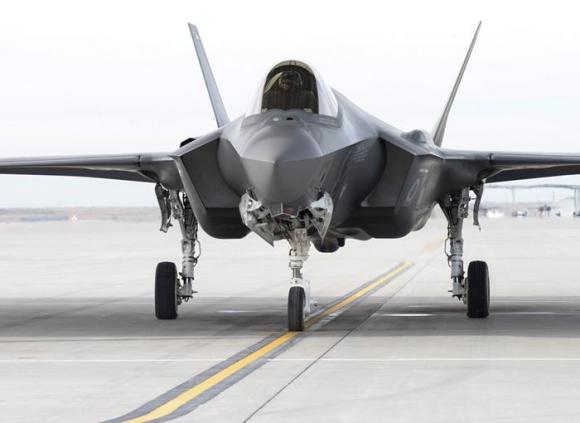Flight operations continue for the six F-35As that arrived at the US Air Force's Mountain Home base in Idaho from Edwards, California, earlier this month as part of operational deployment tests. Operations that will help plan operations and validate the aircraft's operational capabilities.
For the US Air Force to declare IOC (Initial Operational Capability) with the F-35A, the aircraft must be capable of three types of key missions: suppression and destruction of opposing air defense, air interdiction missions, and Close Air Support - including alert launches. Each of these functions will be performed in the capacity necessary to measure the effectiveness of the weapon system in line with the Initial Operational Capacity.
The deployment tests will have to define not only the capabilities, but also the limitations that the aircraft may have. As a fifth generation multirole fighter, with electronic warfare capabilities e sensor fusion multi-spectrum, the F-35 is designed to be comparable to current tactical fighters in terms of maneuverability, but is optimized for use stealth.
The Mountain Home base provides the perfect context and integrated experiences to test aircraft capabilities and lay the foundation for F-35 deployment operations. While at the base, the F-35s will carry out approximately 4 sorties per day with their Generation IV counterparts, dropping 20-30 inert weapons in different training scenarios.
Unlike fourth generation aircraft, the F-35 uses the sensor fusion and integrated avionics that allow pilots to get to know the surrounding environment quickly and completely through a 360 ° view of the crash scenario.
As the largest acquisition program in the history of the US Department of Defense, the test program and support infrastructure are vital.
(photo: US Air Force)












